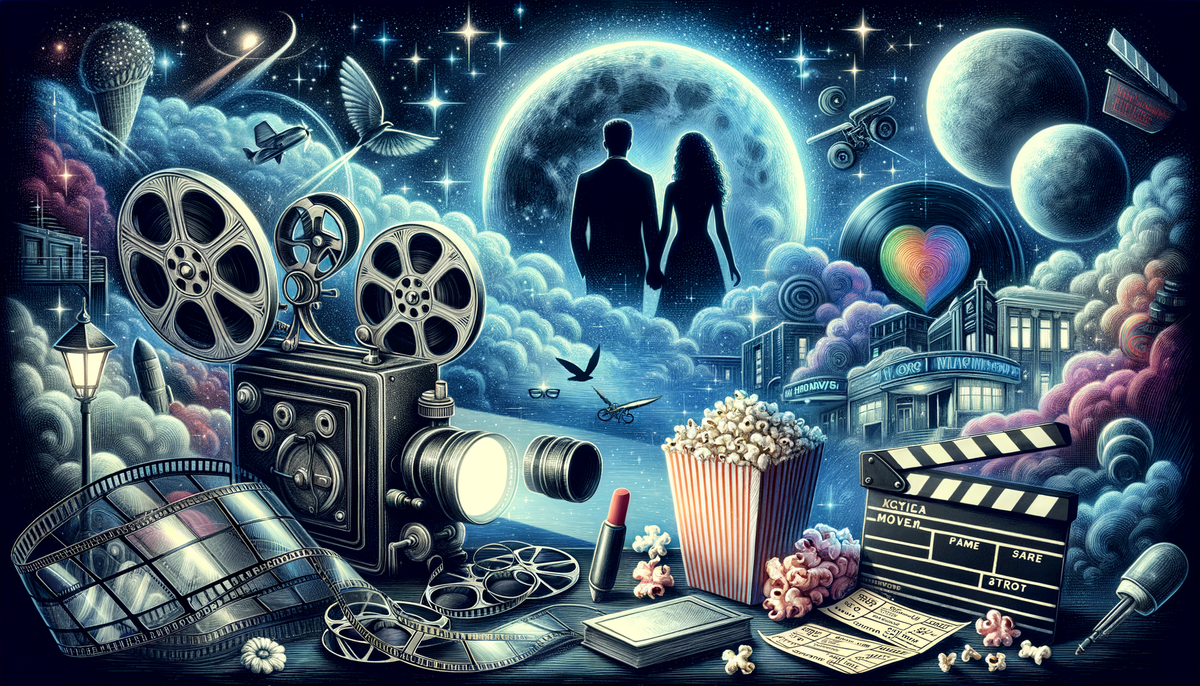Exploring the Fascinating World of Retro Movies
Dive into the enchanting realm of retro movies, exploring their visual and storytelling techniques that continue to captivate audiences worldwide.

Exploring the Fascinating World of Retro Movies
Retro movies are having a moment in the spotlight, capturing the imaginations of audiences across the globe. These films, which either genuinely hail from earlier eras or are modern recreations designed to mimic the style of yesteryear, offer a unique glimpse into the past while often addressing current societal issues. The art of making such films is both complex and fascinating, and with the recent surge in popularity, it's time to explore what makes retro movies so captivating.
Characteristics, Styles, and Cultural Impact of Retro Movies
Delving into the world of retro movies involves understanding their key characteristics, styles, and the cultural impact they continue to exert.
Visual Characteristics of Retro Film Styles
Vintage films are renowned for their distinct visual aesthetics, which offer a nostalgic experience for viewers. These elements are often characterized by:
- Film Grain and Texture: Mimicking older film stock to create an authentic feel.
- Color Grading: Emulating historical film processing techniques that provide a classic look.
- Aspect Ratios: Utilizing ratios typical of specific eras, such as 4:3, to evoke memories of early cinema.
- Lighting Techniques: Employing high-contrast lighting reminiscent of film noir and other specific periods.
These visual components often adhere to the principles developed during the Classical Hollywood cinema era from the 1910s to 1920s, which emphasize continuity editing and seamless narrative experiences.
Narrative and Storytelling Elements
The timeless allure of retro films is not only in their visuals but also in their rich narratives:
- Complex Plots and Characters: Featuring intricate storylines that avert predictability and characters with depth and realism.
- Authenticity in Performance: Enabling viewers to transcend the historical setting and fully immerse themselves in the narrative.
Such films often leave a lasting cultural impact by fostering innovation and influence in the cinematic world.
Cultural Significance
Retro films achieve cultural significance through their innovative approaches and influential techniques. They are often seen as a culmination of cinematic progress and frequently inspire remakes or sequels. Additionally, they are imitative of past lifestyles, trends, or art forms.
Technical Aspects of Classical and Retro Cinema
Understanding the technical foundations of retro films involves examining the specific filming and editing techniques that define this genre:
- Continuity Editing Devices: Such as cross-cutting to establish concurrent actions and axial cuts to maintain narrative coherence.
- Visual-Narrative Style: Organized across multiple levels to guide viewers through a coherent and engaging story.
These techniques are essential for filmmakers who aim to recreate the magic of retro films for a modern audience.
The modern revival of retro cinema illustrates not only a longing for the past but also an innovative merging of old styles with new storytelling. Such films not only entertain but also provide critical commentary on both historical and contemporary issues.
For professionals in the retro movie sphere, embracing these styles and techniques can lead to unique creative outputs and a more profound connection with audiences. As the passion for retro cinema grows, it's an opportune moment for filmmakers to explore these strategies to craft evocative narratives that resonate widely.
At Newsomix.com, we specialize in film analysis and consulting services that align with your unique creative goals. Contact us today to learn more about how we can aid your journey into the world of retro films.
Call to Action: Immerse yourself in the captivating world of retro films and discover their timeless charm today!




